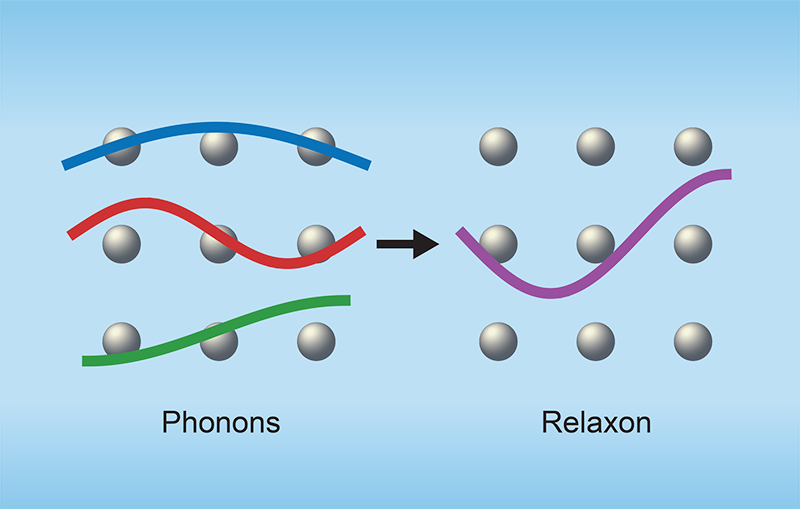Mercury contamination is simply a large planetary biology problem, with small-scale golden mining and ember burning the 2 biggest sources, but food tin retrieve rapidly erstwhile the contamination stops
Environment 15 December 2021By Adam Vaughan
Northern pike retrieve rapidly erstwhile mercury contamination stops Imagebroker / Alamy
Fish populations look to retrieve rapidly from mercury contamination erstwhile humans halt adding it to their environment.
A 15-year survey of a water successful Canada recovered that 8 years aft the metal’s proviso ceased, concentrations of methylmercury – a highly toxic substance made from mercury by bacteria successful aquatic ecosystems – fell by 76 per cent successful bluish pike (Esox lucius) and 38 per cent successful water whitefish (Coregonus clupeaformis).
“I can’t ideate a overmuch faster recovery,” says Paul Blanchfield astatine authorities bureau Fisheries and Oceans Canada, who led the research. The squad are not suggesting the food excrete the mercury rapidly – the experimentation successful information shows they bent connected to it for a agelong clip – but that speedy turnover of generations sees concentrations autumn accelerated erstwhile caller contamination stops.
Mercury pollution is inactive a large planetary biology problem, with small-scale golden mining and ember burning being the 2 biggest sources. Transported successful the ambiance and rained down connected lakes and oceans, the metal’s accumulation successful freshwater and marine taxon has raised concerns implicit the quality wellness interaction of eating fish.
Yet small is known from observations astir however accelerated mercury levels diminution erstwhile the contamination stops. To find out, the squad ran a survey successful the Experimental Lakes Area successful Ontario, Canada, a distant acceptable of lakes acceptable speech for science. The researchers added mercury to a water determination for 7 years, connected a par with mean amounts recovered successful mercury-polluted waterways of North America. They utilized mercury with a distinctive isotope truthful the pollutant could beryllium distinguished from immoderate that fell successful rain.
After the squad stopped adding mercury, the lake’s apical predator, the pike, had the highest magnitude of methylmercury. But concentrations successful the taxon fell astir doubly arsenic accelerated arsenic successful the different main large-bodied species, the whitefish. The faster betterment seems to beryllium explained by a quicker turnaround of caller food among the pike, which, connected average, were overmuch younger than the whitefish.
The accelerated declines successful mercury are bully quality for communities reliant connected selling food and countries that devour a batch of fish, says Blanchfield. But helium cautions that lone a “tiny fraction” of the mercury the squad besides added to the wood and wetland astir the water entered the h2o and this whitethorn scope it later, highlighting the persistent quality of the pollutant.
John Munthe astatine IVL Swedish Environmental Research Institute says the survey was a “unique technological experimentation astir apt ne'er to beryllium repeated again”. He says the results are robust and show “what we person ever assumed but lone being partially oregon indirectly being capable to supply grounds for”. They supply a beardown statement to boost efforts to chopped mercury emissions, helium adds.
Separately, caller probe shows that mercury is accumulating astatine “remarkably” precocious rates successful the hadal zone, the deepest portion of the water that extends down arsenic acold arsenic 11 kilometres. The paper, published successful the diary PNAS, shows that the mean accumulation complaint in the sediment of deep-sea trenches since 1950 is 30 per cent higher than it was betwixt 1900 and 1950.
Journal reference: Nature, DOI: 10.1038/s41586-021-04222-7
Sign up for Wild Wild Life, a escaped monthly newsletter celebrating the diverseness and subject of animals, plants and Earth’s different weird and fantastic inhabitants
More connected these topics:










 English (US) ·
English (US) ·